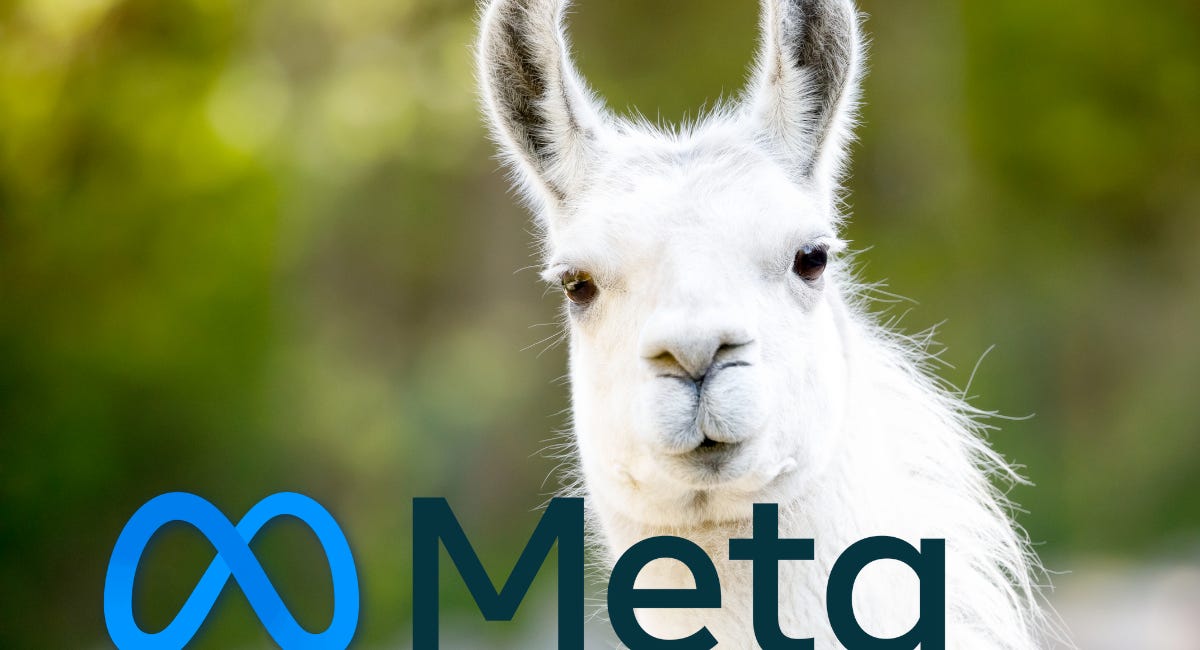😍 My 6 Favorite Posts of 2023
Writings that forced me into a context to think clearer and learn more
Last week, I shared what I think are the top 5 US-China tech stories of 2023. Continuing this end of year look-back theme, I’m sharing my 6 favorite posts written in 2023.
Being a personal “favorite” doesn’t necessarily mean the post got the most views or shares. When I started writing Interconnected almost four years ago, one of the motivations was summed up in this Edwin Schlossberg quote:
“The skill of writing is to create a context in which other people can think.”
While I can only hope that my writings have created some useful context for you, our readers, to think, I know the process of writing regularly has forced me into a context to think clearer and learn more. That’s why I love writing. That’s the rubric I used to select my 6 favorite posts – ones that really made me think hard as I wrote them.
I hope you enjoy reading (or re-reading) them as much as I enjoyed writing them. Here they are 👇
Diving deep into the case of Choi Jin-seok, a talented former SK Hynix executive who is now on trial for corporate espionage in South Korea for working in China, underscores a hidden dimension to the global chip war – the dearth of semiconductor talent and how they should be treated. Are they traitors for moving abroad to work for the highest bidder when their own careers have hit a ceiling at home? Or are they treasures that ought to be more respected (and better compensated) at home if only to prevent more brain drain? Are semiconductor talents “national properties”, while the normal business practice of working for competitors after your non-compete clause expires no longer apply? Choi’s case is unfortunately part of a trend; two ex-Samsung employees were arrested last week for working at CXMT, one of China’ leading DRAM makers.
Writing this post took me down memory lane as a kid growing up in China in the 80s, practicing to become a speed typer with the Wubi method. I, of course, didn’t care much about where Wubi came from back then. Exploring Wubi’s history in this post made me think hard about China’s complex and tense relationship with technology and modernity. It has simultaneously the willpower to bend the problem to its preference (Wubi broke down 30,000 Chinese characters into smaller parts to fit them onto a QWERTY keyboard) and the willingness to bend itself in order to avoid falling behind (Pinyin, the romanization of official Chinese pronunciation, eventually became the standard, making digital typing more accessible). China struggled with this tension at the dawn of personal computing in the 70s. I see this tension come into play again in the AI age.
The US expanded AI chips ban on China in October attracted a ton of attention and commentary. That attention has continued today and will continue to be a huge story next year as we head into an election year in both Taiwan and the US. Forcing myself to not write a surface-level commentary and instead tease out the second-order effects pushed me to look critically at these sanctions, their ripple effects, and their unintended consequences. I didn’t make it easy on myself when writing this one, but I’m glad I chose the hard way.
It’s been a year since Morris Chang called out the end of globalization, during the tool-in ceremony of the TSMC Arizona fab. The true cost of deglobalization is still being worked out and evolving, as companies duplicate different parts of their supply chain in different countries to shoehorn their operations into the rubrics and requirements of geopolitics. I learned a lot about how some of these costs could materialize by listening intently to TSMC’s earnings calls and contextualizing that information with my prior knowledge of politics and government – from organized labor, to cost of training, to local bureaucratic permitting – connecting the dots in unexpected ways to get at a difficult question.
I think it was Li Lu of Himalaya Capital who said being an investor is like being an investigative journalist. This is partly why I’m so drawn to writing this newsletter and now being a full-time investor – constantly tapping into my inner desire to be an investigative journalist of some sort. This post on China’s hard tech corporate venture capital scene, led by Huawei, CATL, and BYD, really scratched that itch and pushed me to update my own view on how VC will work in the future. Corporate VCs have been leading the charge this year in both the US and China, though for somewhat different reasons. If the capital-intensive generative AI theme continues to dominate the investment landscape, this trend may continue for years to come.
This post is a good example of me exercising a level of self-correction, while iteratively evolving my point of view in a fast moving landscape that is AI. It updated my previously one-dimensional view of Meta’s motivation to open source its LLaMA series AI models into the multi-faceted, strategic view that has been borne out by the market just a few months later. Since publishing this post in June, it is now consensus that foundation models themselves are not competitive moats. Meta’s aggressive open sourcing of its leading models is a way to further erode any temporary moat that a model may be able to build. Diving into the history of Meta’s relationship with open source was also illuminating to me, because this was not the first time Zuckerberg has successfully applied open source as a defensive tactic to make his competitors less competitive.








